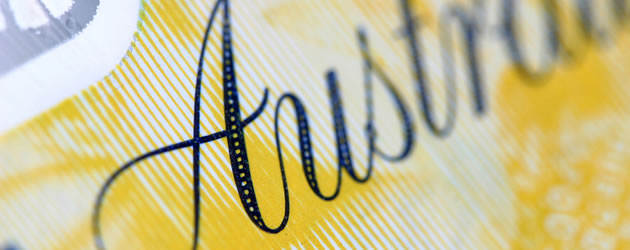The Pound Sterling to Australian Dollar (GBP/AUD) exchange rate moved to a high of 2.13 after the latest Chinese manufacturing PMI revealed a lack of growth.
‘Aussie’ (AUD) and Sterling (GBP) Suffer from Consumer Prices Index and Retail Sales Data, Bearish Trading All Round
Softening significantly in the wake of yesterday’s UK retail sales figures the Pound lost some ground against the ‘Aussie’, dropping the GBP/AUD pairing to a daily low of 2.1028. As both the year-on-year and month-on-month data failed to live up to forecasts a round of dovish trading ensued.
This economic falter appeared to bode badly for Sterling in the short-term, deflating much of the confidence that had been inspired by the Bank of England (BoE) meeting minutes and the suggestions of an upcoming interest rate increase released the day before.
Wednesday also saw the publication of Australia’s year-on-year Consumer Prices Index data for the second quarter. A result of 1.5%, lower than the predicted 1.7%, delivered a blow to the Australian Dollar, pushing the GBP/AUD exchange rate up to a high of 2.1208.
Hopes of a steady increase back towards the inflation baseline proved unfounded and more investors moved to abandon the downward trending currency.
On the heels of global commodity prices driving ever lower, with gold reaching its cheapest level in five years, the ‘Aussie’ is coming under increasing pressure on a number of fronts.
Chinese Manufacturing Negatively Impacts Australian Dollar (AUD) Today, GBP/AUD Exchange Rate Benefits
Arriving early this morning the unexpectedly low Chinese manufacturing PMI had a swift and major effect on its Pacific trading partner. Contracting from last month’s more optimistic 49.4, which had been moving steadily closer to the safe-zone of the neutral 50 reading, the variable instead slipped back to 48.2.
As China’s economy slows it is inevitable that the ‘Aussie’ will suffer, along with the ‘Kiwi’ (NZD) and other commodity-correlated currencies. The GBP/AUD pairing almost immediately shot to a high of 2.1306, although the trend has since moved a little lower to the 2.1250 mark.
UK Mortgage approvals for June, which were revealed to be higher than predicted, have improved the outlook of the Pound.
A distinct rise in lending from 43,300 to 44,488 signals increased confidence from the banks and gave the currency an immediate boost against rivals. On top of the softened Australian Dollar this sent the pairing rising once more to 2.1251.
Pound Sterling to Australian Dollar (GBP/AUD) Exchange Rate Forecast: Second Quarter GDP Report for UK Could Increase Margin
With the UK’s second quarter GDP data arriving on Tuesday the exchange rate is braced for movement, a potential rally in sight that could ultimately elevate the pairing to greater highs. Should growth prove to be less strong than expected, however, the margin may easily shift down.
No major events are upcoming in the next week on the Australian front, with the exception of the year-on-year Building Approvals data for June.
The likelihood however is that the currency will remain in a bearish state of trade as gold and other commodity prices are not expected to start seeing a significant improvement for the near future and as such will continue to erode the value of the ‘Aussie’.
As of writing the Pound Sterling to Australian Dollar (GBP/AUD) exchange rate was trending in the region of 2.1265.



